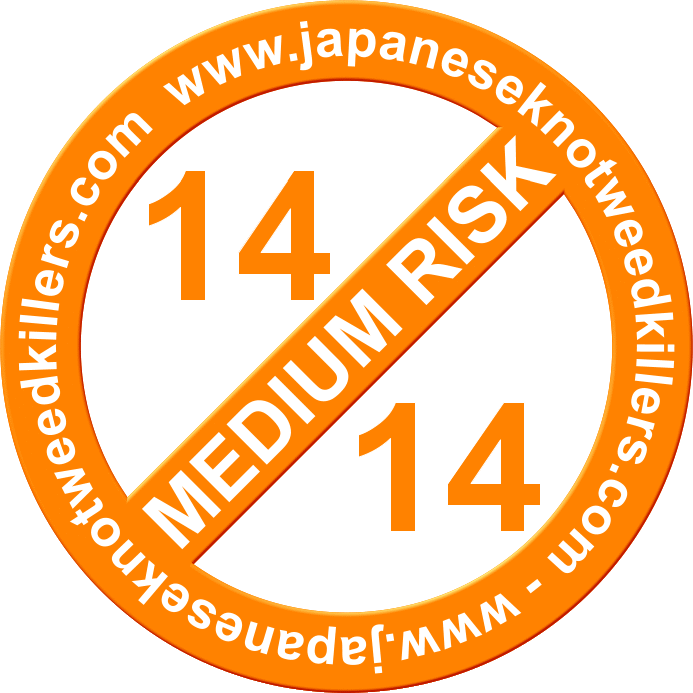

Ireland: Kerry - Dublin - Cork - Waterford - Roscommon - Galway - Belfast
UK: London - Manchester - Newcastle - Cardiff - Liverpool


Sea-Buckthorn - Invasive Species Information

Reproduction: Sea-Buckthorn is dioecious (separate sexes on individual plants Male and female). The plant is dependent on wind to spread pollen from the male flowers. Germination is epigeal and the seeds exhibit a certain degree of dormancy, normally seasonally activated. Repoduction can also occur via the root system.

Sea-Buckthorn Fruit
Native to China, Sea-buckthorn is a dense and thorny deciduous shrub or small tree. Grows from 1 metre to 10 metres tall. It has tiny, green, petalless flowers which bloom in March and April with male and female flowers appearing on separate bushes.
The leaves are narrow, lanceolate and alternate and are covered with tiny silvery scales giving them a greyish appearance. The bush has stout spines and in autumn bright orange-yellow berries (7mm across) are borne on the female plants.
How To Identify Sea-Buckthorn?
Stem: Spiney
Leaves: silvery green leaf Narrow, lanceolate and alternate
Flowers: Green, petalless flowers each having 4 stamens
Berries: bright orange-yellow



Sea-Buckthorn - Hippophae rhamnoides ID Guide
Sea-Buckthorn Stand
Stem & Flowers
Why Is Sea-Buckthorn A Problem?
Poses a threat to native vegetation of sand dunes.
The effect of the species relate to its shading-out of native dune plants and production of floristically-poor dense thickets.
Thickets completely alter the character of the local dune habitat, species composition, and the nutrient status of the soil where it grows.
This has direct effects on the composition and balance of the invertebrate fauna.
What Is Sea-Buckthorn - (Hippophae rhamnoides)?
Habitat: Terrestrial, sea-shores and cliffs
Distribution in Ireland: Costal distribution, abundant in some places.
Status: Established
Family name: Elaeagnaceae
European Communities (Birds and Natural Habitats) Regulations 2011 non-native invasive plant species A-Z (Updated 2017)
There are currently 35 invasive plant species listed in the European Communities (Birds and Natural Habitats) Regulations (annex 2, Part 1)...
Click on a species from the following list to find out more regarding non-native species subject to restrictions under Regulations 49 and 50.
-
American Skunk-Cabbage - Lysichiton americanus
-
Red Alga - Grateloupia doryphora
-
Waterweeds - Elodea (all species)